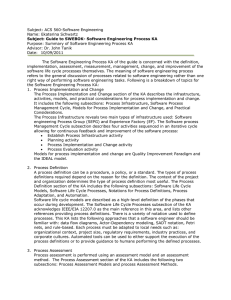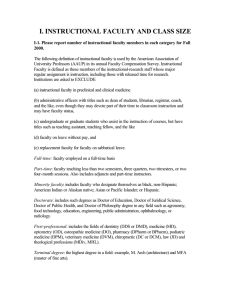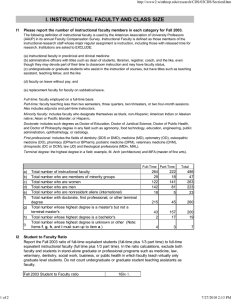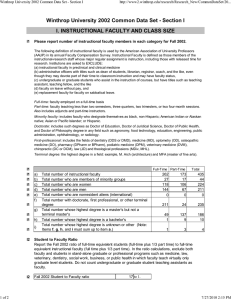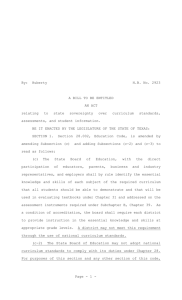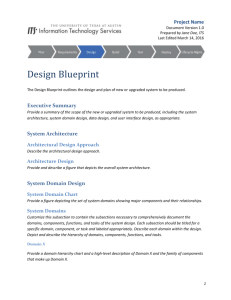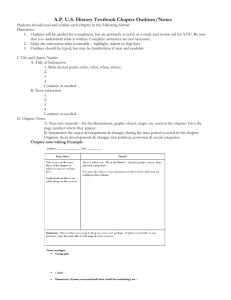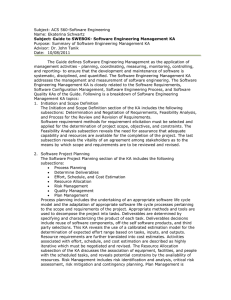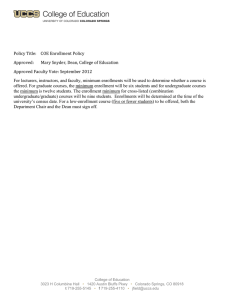Guidance for Determining Desired Size of Class Sections
advertisement
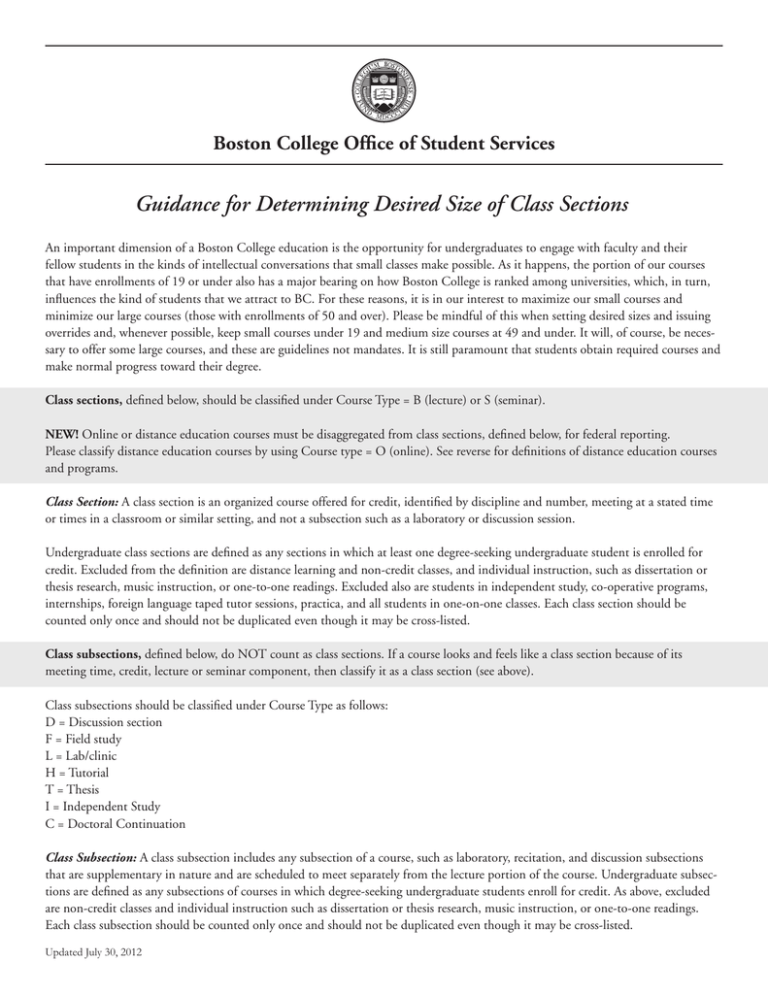
Boston College Office of Student Services Guidance for Determining Desired Size of Class Sections An important dimension of a Boston College education is the opportunity for undergraduates to engage with faculty and their fellow students in the kinds of intellectual conversations that small classes make possible. As it happens, the portion of our courses that have enrollments of 19 or under also has a major bearing on how Boston College is ranked among universities, which, in turn, influences the kind of students that we attract to BC. For these reasons, it is in our interest to maximize our small courses and minimize our large courses (those with enrollments of 50 and over). Please be mindful of this when setting desired sizes and issuing overrides and, whenever possible, keep small courses under 19 and medium size courses at 49 and under. It will, of course, be necessary to offer some large courses, and these are guidelines not mandates. It is still paramount that students obtain required courses and make normal progress toward their degree. Class sections, defined below, should be classified under Course Type = B (lecture) or S (seminar). NEW! Online or distance education courses must be disaggregated from class sections, defined below, for federal reporting. Please classify distance education courses by using Course type = O (online). See reverse for definitions of distance education courses and programs. Class Section: A class section is an organized course offered for credit, identified by discipline and number, meeting at a stated time or times in a classroom or similar setting, and not a subsection such as a laboratory or discussion session. Undergraduate class sections are defined as any sections in which at least one degree-seeking undergraduate student is enrolled for credit. Excluded from the definition are distance learning and non-credit classes, and individual instruction, such as dissertation or thesis research, music instruction, or one-to-one readings. Excluded also are students in independent study, co-operative programs, internships, foreign language taped tutor sessions, practica, and all students in one-on-one classes. Each class section should be counted only once and should not be duplicated even though it may be cross-listed. Class subsections, defined below, do NOT count as class sections. If a course looks and feels like a class section because of its meeting time, credit, lecture or seminar component, then classify it as a class section (see above). Class subsections should be classified under Course Type as follows: D = Discussion section F = Field study L = Lab/clinic H = Tutorial T = Thesis I = Independent Study C = Doctoral Continuation Class Subsection: A class subsection includes any subsection of a course, such as laboratory, recitation, and discussion subsections that are supplementary in nature and are scheduled to meet separately from the lecture portion of the course. Undergraduate subsections are defined as any subsections of courses in which degree-seeking undergraduate students enroll for credit. As above, excluded are non-credit classes and individual instruction such as dissertation or thesis research, music instruction, or one-to-one readings. Each class subsection should be counted only once and should not be duplicated even though it may be cross-listed. Updated July 30, 2012 Distance Education: Education that uses one or more technologies to deliver instruction to students who are separated from the instructor and to support regular and substantive interaction between the students and the instructor synchronously or asynchronously. Technologies used for instruction may include the following: Internet; one-way and two-way transmissions through open broadcasts, closed circuit, cable, microwave, broadband lines, fiber optics, satellite or wireless communication devices; audio conferencing; and video cassette, DVDs, and CD-ROMs, if the cassette, DVDs, and CD-ROMs are used in a course in conjunction with the technologies listed above. • • Distance Education Course: A course in which the instructional content is delivered exclusively via distance education. Distance Education Program: A program for which all the required coursework for program completion is able to be completed via distance education courses.

